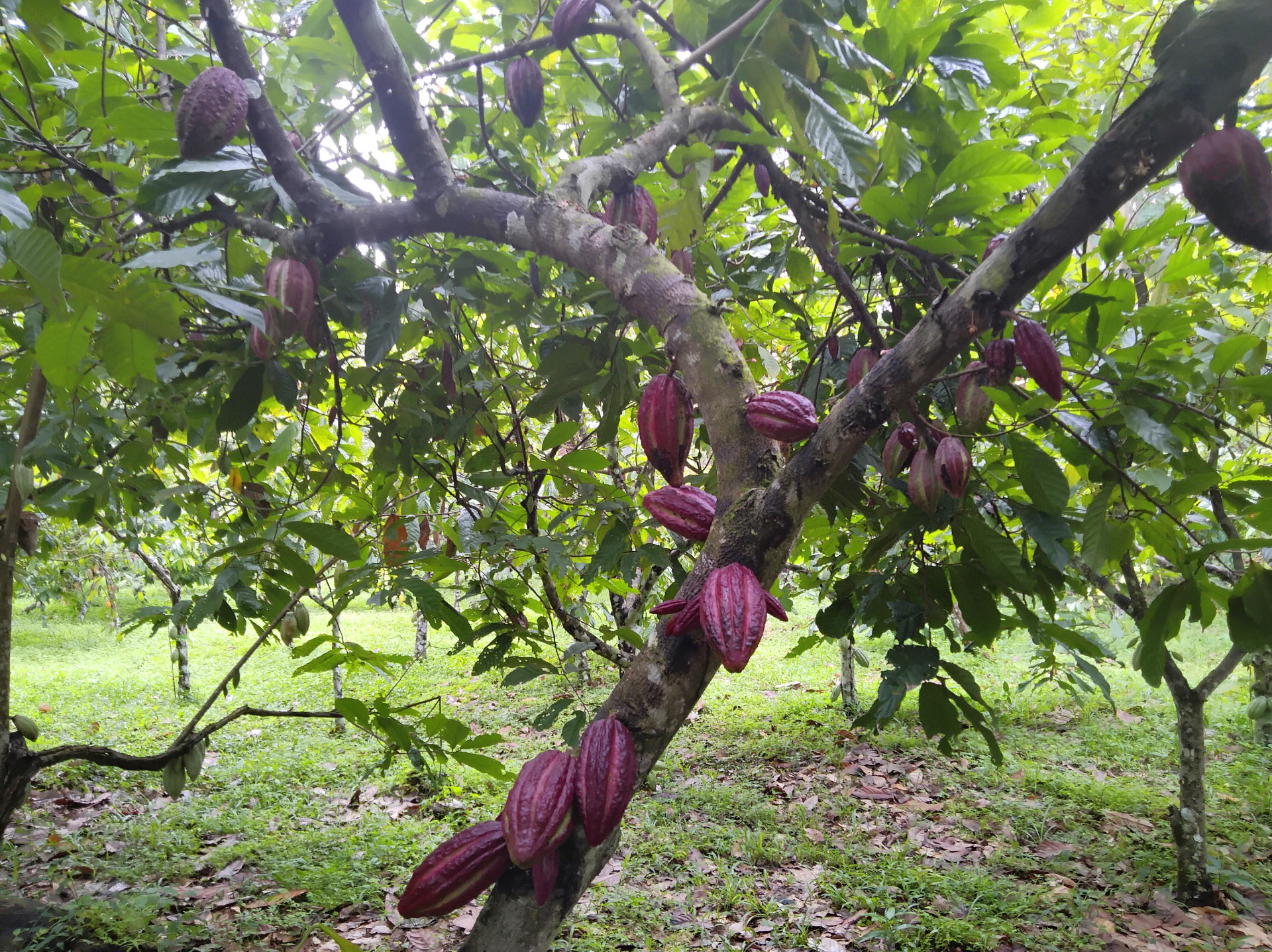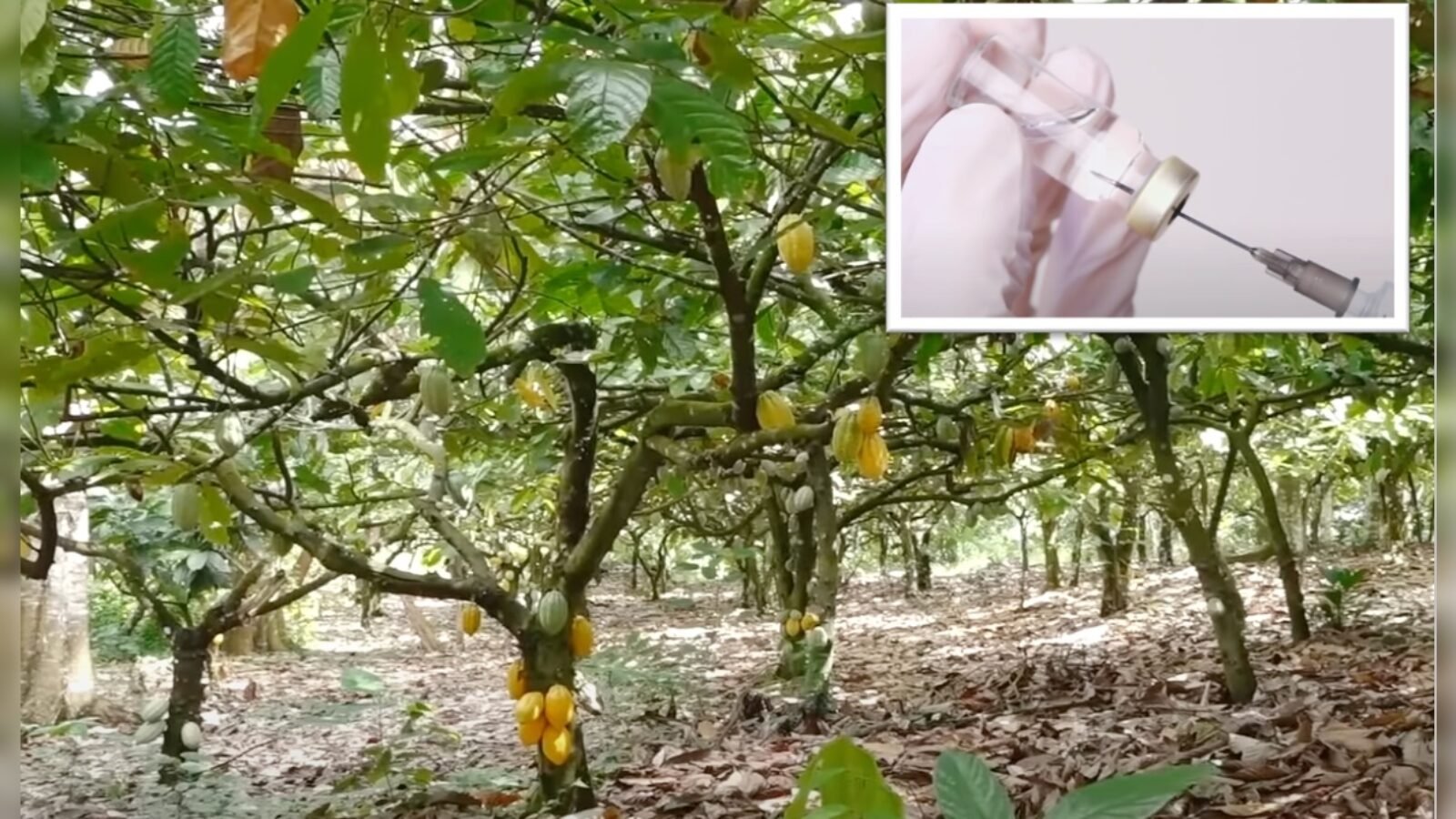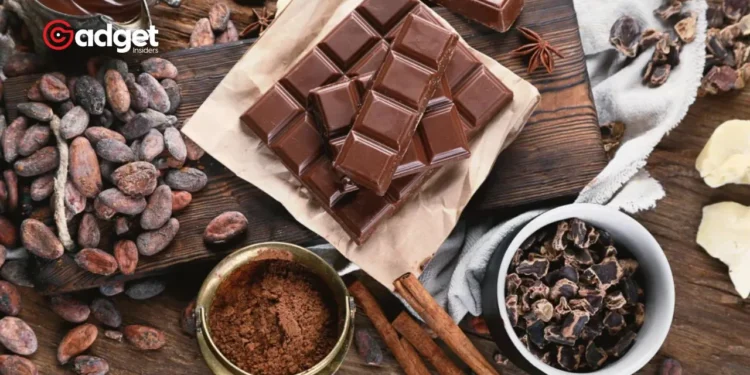In the lush landscapes of West Africa, a crisis looms that threatens a beloved global delicacy: chocolate. As the cacao swollen shoot virus disease (CSSVD) ravages cacao farms in regions like the Ivory Coast and Ghana, accounting for as much as 50% of the world’s chocolate production, the stakes could not be higher. The devastation brought by this disease could lead to severe disruptions in the chocolate supply chain, with up to half of the harvest potentially destroyed by the virus.

The Mealybug Menace: A Growing Threat to Cacao Trees
The CSSVD, primarily spread by the notorious mealybugs, is a formidable opponent. These pests, easily carried by wind or animals, feast on the trees, spreading the deadly virus that jeopardizes the fruit essential for chocolate production. “This virus is a real threat to the global supply of chocolate,” warns Benito Chen-Charpentier, a mathematics professor at The University of Texas at Arlington and lead author of a pivotal study. This sentiment is echoed by the drastic measures taken in Ghana, where over 254 million cacao trees were culled to curb the spread of the disease.

A Mathematical Lifeline for Cacao Farms
Facing such a dire situation, researchers at the University of Texas at Arlington have introduced a promising mathematical model, recently detailed in the *PLOS ONE* journal. This innovative approach calculates optimal planting strategies for vaccinated and unvaccinated trees, aiming to shield the vulnerable plants from the virus. Although still in the experimental phase, Chen-Charpentier is hopeful about its potential, asserting, “It is a proposition that is expected to help the farmers and their cacao harvest soon.”
Chocolate: A Culinary Staple Through the Ages
While the current crisis poses significant challenges, it also underscores the importance of cacao in the world of sweets. Originating from the seeds of the cacao tree, these beans are dried and processed to produce various types of chocolate. From traditional bars to modern, 3D-printed confections, chocolate has continually evolved. Yet, despite these advancements, the cultivation of cacao remains fundamentally unchanged, dependent on the health of cacao farms.
Among the chocolate varieties, dark chocolate stands out not only for its rich taste but also for its health benefits. Celebrated for enhancing memory and boosting creativity, dark chocolate is a healthier choice known to improve immunity and offer numerous health advantages.
Bad news for chocoholics. 🍫🤯
The world's supply is under threat as a destructive disease sweeps across cacao trees in West Africa.
The virus is transmitted through bugs feeding on the plants, which scientists have put down to climate change. #9News pic.twitter.com/FGU3xfSxAQ
— 9News Australia (@9NewsAUS) April 25, 2024
Securing the Future of Chocolate
As the battle against the cacao virus continues, the global chocolate community watches closely. The efforts of mathematicians and researchers play a critical role in developing strategies to safeguard these vital crops. Their success is not just about preserving a treat but about protecting an industry integral to the economies of West African countries.
With innovative solutions on the horizon, there is hope that the cherished tradition of chocolate making and consumption can endure. This endeavor is not just a fight for the survival of cacao trees but a battle to preserve a piece of culinary heritage cherished around the world. As we look forward, the fusion of agricultural tradition and cutting-edge science may just be the key to overcoming this chocolate crisis.










